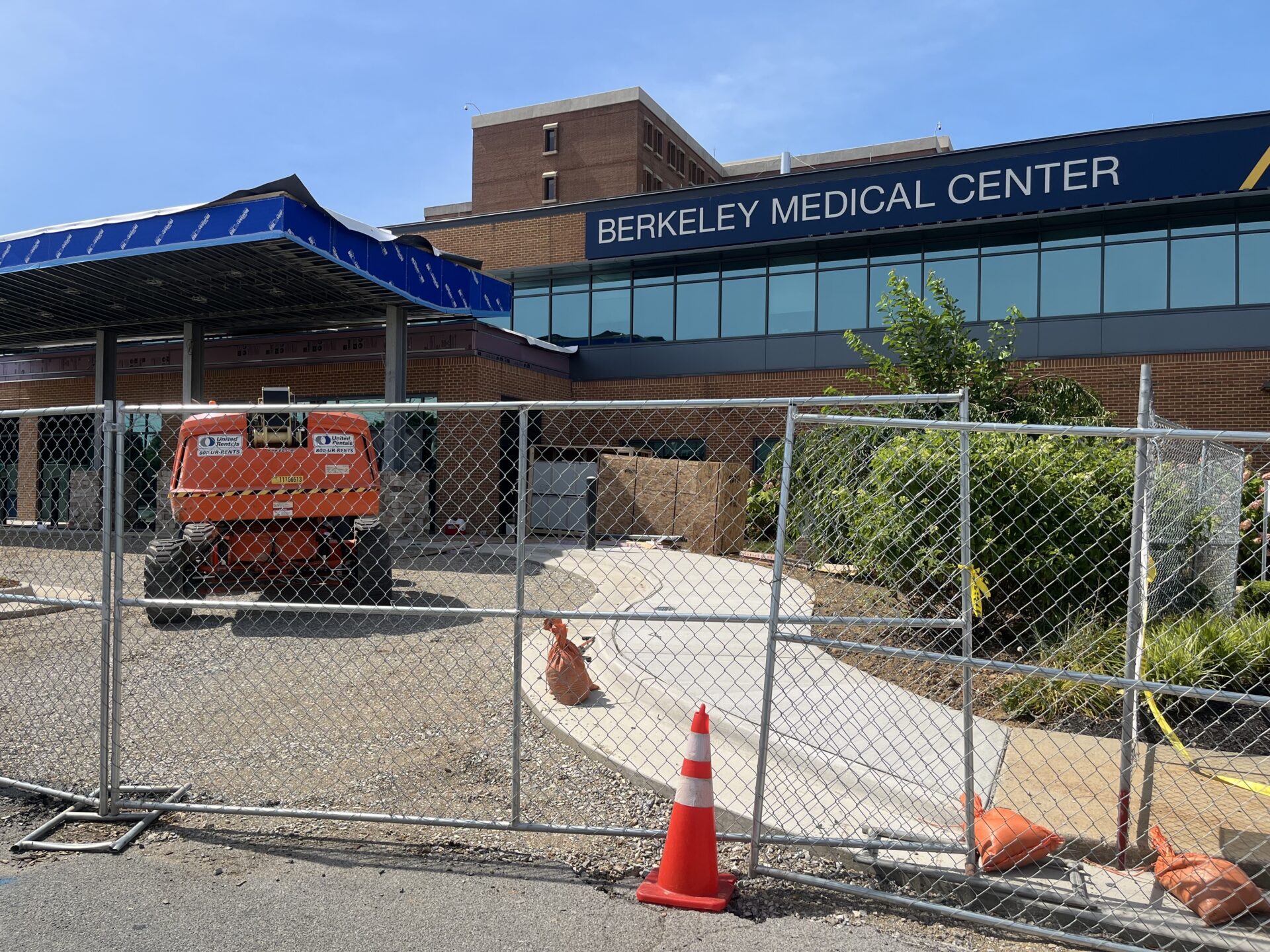WVU Medicine is accepting new applications for its diabetes self-management program based in Martinsburg at the Berkeley Medical Center. The program runs for six weeks in February and March.
WVU Medicine is accepting new applications for its diabetes management program based in Martinsburg. The program helps participants learn strategies for independently managing their condition.
During the program, participants will explore topics like healthy eating, exercise, stress management, meal preparation, nutrition and healthcare access, according to a press release.
Dana DeJarnett, health promotion coordinator for WVU Medicine, said the self-management program also helps participants develop problem-solving and action-planning skills, which makes program lessons more effective.
“It may not sound like anything specific to diabetes, but it really helps you focus on what are the most important things you need to take care of,” she said. “The things that you need to know to manage your health on a day-to-day basis.”
As part of the program, participants will develop action plans each week, incorporating new habits they hope to implement and community resources they are going to integrate into their daily routine.
WVU Medicine’s Berkeley Medical Center and Jefferson Medical Center assumed oversight of the program last year, running it in partnership with Quality Insights.
But originally the program was overseen by the Berkeley-Morgan County Health Department, funding it through a state grant beginning in 2013.
From DeJarnett’s perspective, the program is valuable as a supplemental resource for individuals already receiving primary care for their diabetes.
“It helps you take control of your health. It helps you learn that there are steps that you can take, and that you can have control of,” DeJarnett said. “And it doesn’t take away from what you’re doing what your physician tells you to do.”
WVU Medicine’s new program will run six weeks, meeting every Thursday from 9 to 11:30 a.m. from Feb. 22 to March 29 at the Dorothy McCormack Center, located at 2000 Foundation Way in Martinsburg.
The program is free but requires advance registration. Individuals living with or caring for someone with diabetes are eligible to apply for the program through Feb. 14.
Prospective participants can register or seek further information by contacting DeJarnett at dana.dejarnett@wvumedicine.org.
